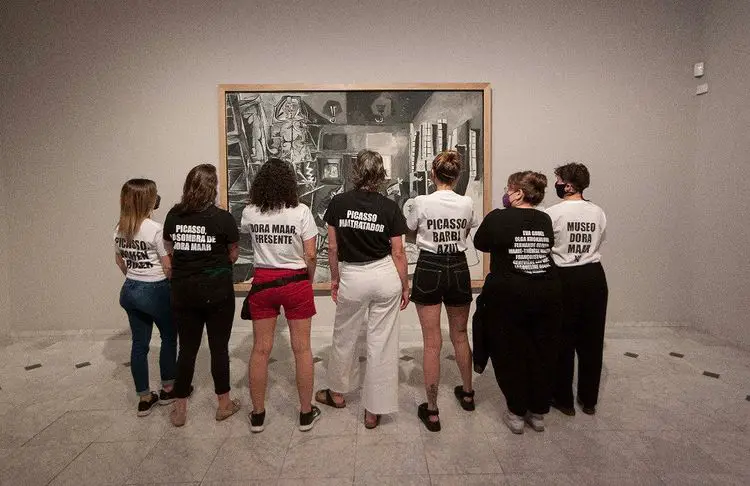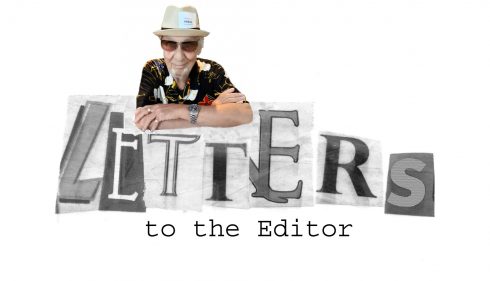By Nickacia Forrester
The Picasso Museum in Barcelona was the scene of a protest when a group of art students took “silent action” to expose the artist’s often unsavoury behaviour towards women.
The group of students from Escola Massana and their teacher wore t-shirts bearing the inscriptions “Picasso, aggressor of women”, “Picasso, the shadow of Dora Maar” – one of his mistresses and muses, who also a painter – and “Picasso, Bluebeard” in reference to the famous Perrault fairy tale whose protagonist murdered his wives.
Maria Llopis, their teacher, explained that the protest on May 27 was designed to highlight the artist’s treatment of women, refering to the misogynistic remarks, suspected abuse and violence, and cruelty that Picasso inflicted on his companions and muses.
Llopis explained in an interview with Reuters that some of Picasso’s statements about women were shocking, especially in light of our times.
She said he divided women into two categories: goddesses and doormats, and quoted his comment “every time I leave a woman, I should burn her. By destroying the woman, one destroys the past that she represents”.
Picasso had many wives and mistresses, six of whom had a very strong influence on his life and work. His muses, the subjects of many of his paintings, were often much younger than he was.
Dora Maar was 28 and he 54 when they met, while Françoise Gilot was 21 and he 63.
These passionate love stories have a hidden side explained his granddaughter, Marina Picasso in her memoirs “He subjected [women] to his animal sexuality, tamed them, bewitched them, ingested them and crushed them on his canvas. After spending many nights extracting their essence, once they were drained of their blood, he got rid of them.
Sophie Chauveau, author of a biography of the artist, agreed that Picasso “hated the women he had to the point of beating them and locking them up.
Danish artist Olafur Eliasson said: “Picasso abused women like a Harvey Weinstein of his time, but whose behavior was then considered acceptable. Two of his former companions, Marie-Thérèse Walter and Jacqueline Roque, after a long period of depression, committed suicide.”
While the behavior of Picasso, affectionately described in the writings of his contemporaries as “seducer”, “ladies’ man”, was tolerated in his time, it is being reassessed in the light of the #metoo movement.
The recent protest called on art institutions such as the Picasso Museum to include these attitudes when representing artists and to shine light on those women artists who were companions and muses living in the shadow of the talent of their husbands or lovers.
Female artists such as Dora Maar and Francoise Gilot, both painters and muses of Picasso whose own work has been overlooked.
Commenting on the protest, The Picasso Museum in Barcelona welcomed the initiative, stating that the purpose of a museum is to encourage and welcome debate about the works and their authors.
Acknowledging that Picasso was “machista”, Picasso Museum director, Emmanuel Guigon, said: “We cannot look at Picasso’s work and life as we did 20, 40 or 50 years ago.”
“It can always be looked (at) with new and critical eyes, but we will not remove Picasso’s work from art history.” He added that a conference on Picasso’s attitudes to women was already planned for the autumn.
However, some objected to the protest, slamming it as an example of “cancel culture”. Maria Llopis has received numerous online threats forcing her to take the decision to close her Instagram account.
READ ALSO:
PICASSO: Spain’s most famous artist was a rogue when it came to love










